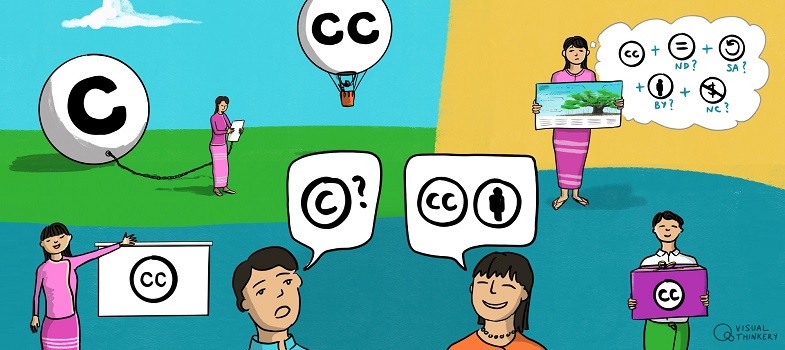Different models of journals
You may have a university journal. Colleagues may publish their conference proceedings. What kind of publishing models do you currently use? Do you publish institutional research under certain conditions, or with a particular licence? If you are involved with publishing institutional research, what process do the papers undergo before publication?
Let’s take a closer look at the difference between ‘closed’ and open access journals. When you submit a paper to a journal for consideration and peer review, what happens next?
‘Closed’ journals
Some of the articles that pass the peer review stage are offered for publication in the journal. The journal will notify the author that their paper has been accepted, and usually require that the author transfer copyright to (or agree to an exclusive publishing contract with) the journal. By accepting these terms, the author has granted to the journal their exclusive rights under copyright. This means that the journal – and not the author – is now the copyright holder, and thus may restrict the terms of access and reuse provided for by the bundle of rights granted to rights holders under the law.
Because journals have become the de facto rights holders to scientific research, they are also in the position to licence access to these materials to university libraries, research institutions, and the public – most of the time for a significant fee. This leads to a cycle where for-profit publishers essentially sell back access to the scientific and scholarly record that academics originally produced.
Even after a publishing embargo expires – usually six to twelve months when publishers retain exclusive publishing rights – the access to the mostly publicly funded scientific research remains limited, with users only permitted to read those articles if they are properly submitted to institutional repositories. In the end, the public is left with suboptimal access to the publicly funded scholarly record, and progress in the scientific enterprise doesn’t reach its maximum potential.
Open access journals
Open Access journals perform peer review and then make the approved papers freely and openly available to the world. Most open access journals allow authors to retain the copyright of their papers, without restrictions. The authors can then grant the publisher non-exclusive publishing rights (or the right of first publishing) to publish the articles. In many countries, the source of funding may stipulate that research outputs are made available to the public, for example on a particular CC licence. This means that researchers retain their copyrights instead of yielding them to for-profit publishers. Alternatively, researchers must search out a ‘gold’ open access journal, which publishes research under liberal open access licences (like CC BY) from the start.
In either case, when their work is accepted, researchers retain some – or all – rights to their research articles, permitting them to publish under open licences, and ensuring that they may deposit their articles in a repository for long-term access and preservation. Subsequent users are granted the legal permissions to access and reuse the research. This type of open access system is better aligned with the original purpose of conducting science and sharing results openly through the scholarly publishing process.
Ultimately, the open access approach is more efficient, equitable, affordable, and collaborative.
What is open access?
